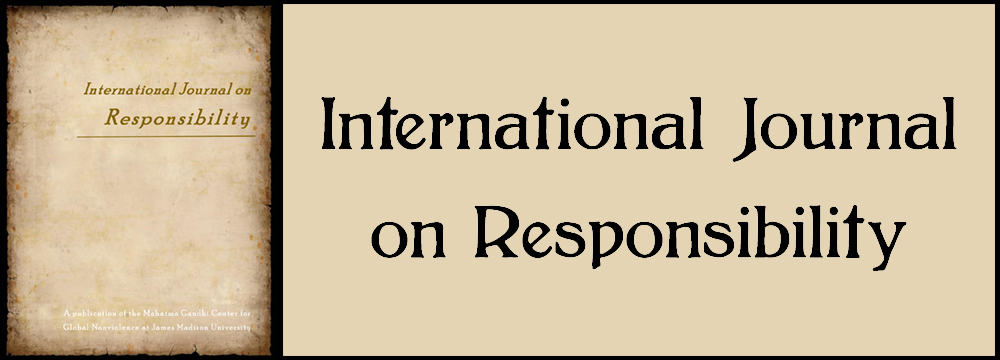
Abstract
The challenge of migration has been multidimensional, with ramifications that range from economic, social, cultural, and even psychological. People have suffered deep trauma, which is reflected through their experiences of homelessness, the act of leaving their homeland or known habitat behind and being forced to travel due to societal pressure. This paper attempts to study migration-based literature and films with a special focus on two films from Bangladesh, Chitra Nodir Pare (Quite flows the River Chitra) and Maati (Back to its Roots). The first part of the paper examines how partition affected the subcontinent and caused trauma to multiple people in different ways by creating divisions and further turning friends into strangers. It also attempts to analyse the economic as well as identity crisis brought about by the large inflow of migrants. Migration caused by either war or disease causes multiple problems in our society such as panic, chaos, homelessness or violence. The second part of the paper studies the societal impact of migration on the gender scale with a focus on inter-communal relationships. Through Sudipto Roy’s Tasher Ghawr, made during the pandemic, the paper examines the problems of women’s abuse at home during the lockdown. Furthermore, the third and concluding part of the paper attempts to analyse migration from the prism of the Partition to the Pandemic.
Type of Issue
Special issue
Recommended Citation
Sarwar, Sabrin
(2022)
"Tracing the Impact of Migration in Bangladesh: From Partition to the Pandemic,"
International Journal on Responsibility: Vol. 5:
Iss.
2, Article 4.
DOI: https://doi.org/10.62365/2576-0955.1066
Available at:
https://commons.lib.jmu.edu/ijr/vol5/iss2/4
DOI
10.62365/2576-0955.1066
Creative Commons License

This work is licensed under a Creative Commons Attribution-NonCommercial-No Derivative Works 4.0 International License.
Included in
History Commons, International and Area Studies Commons, Migration Studies Commons, Political Science Commons


